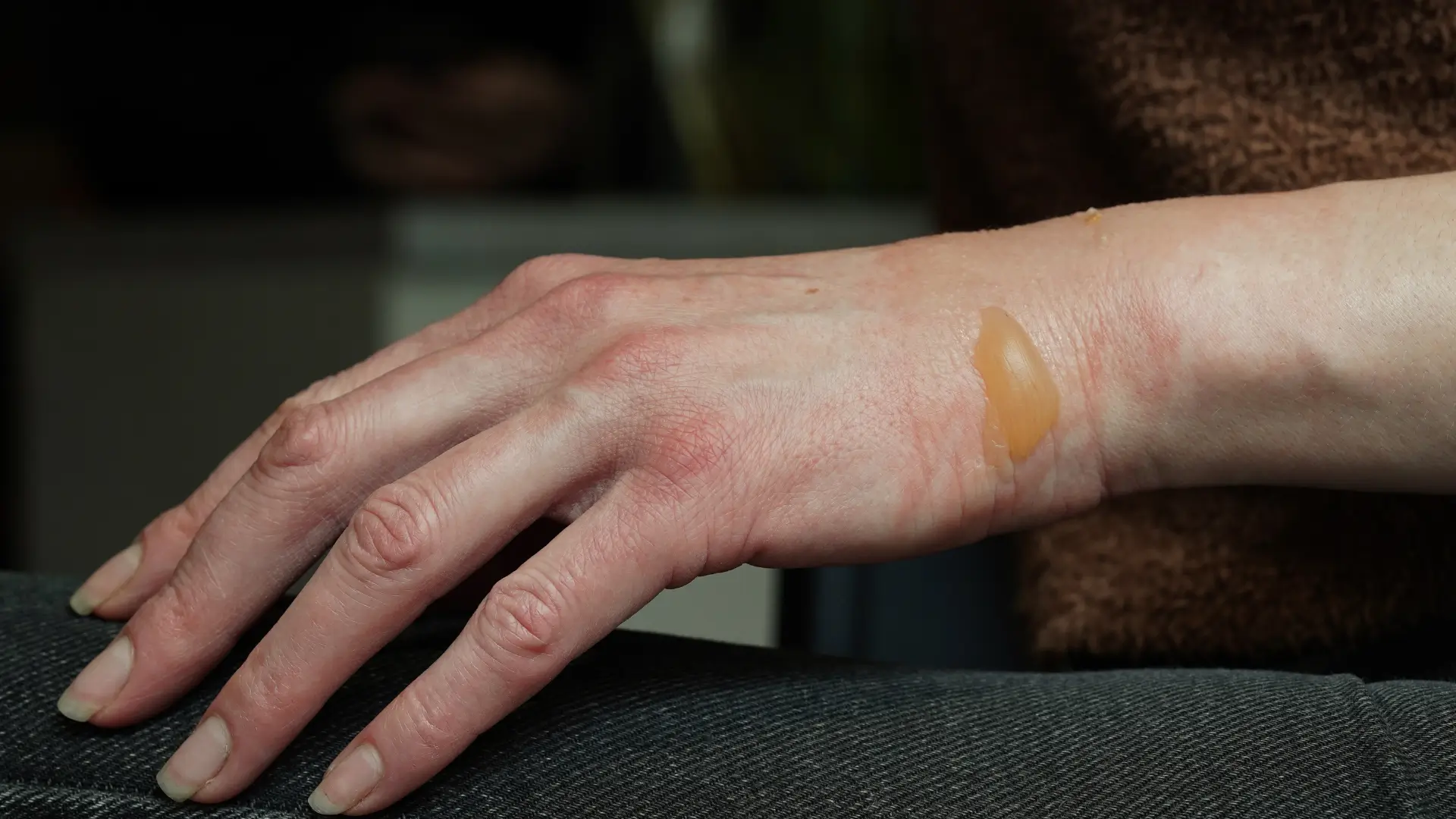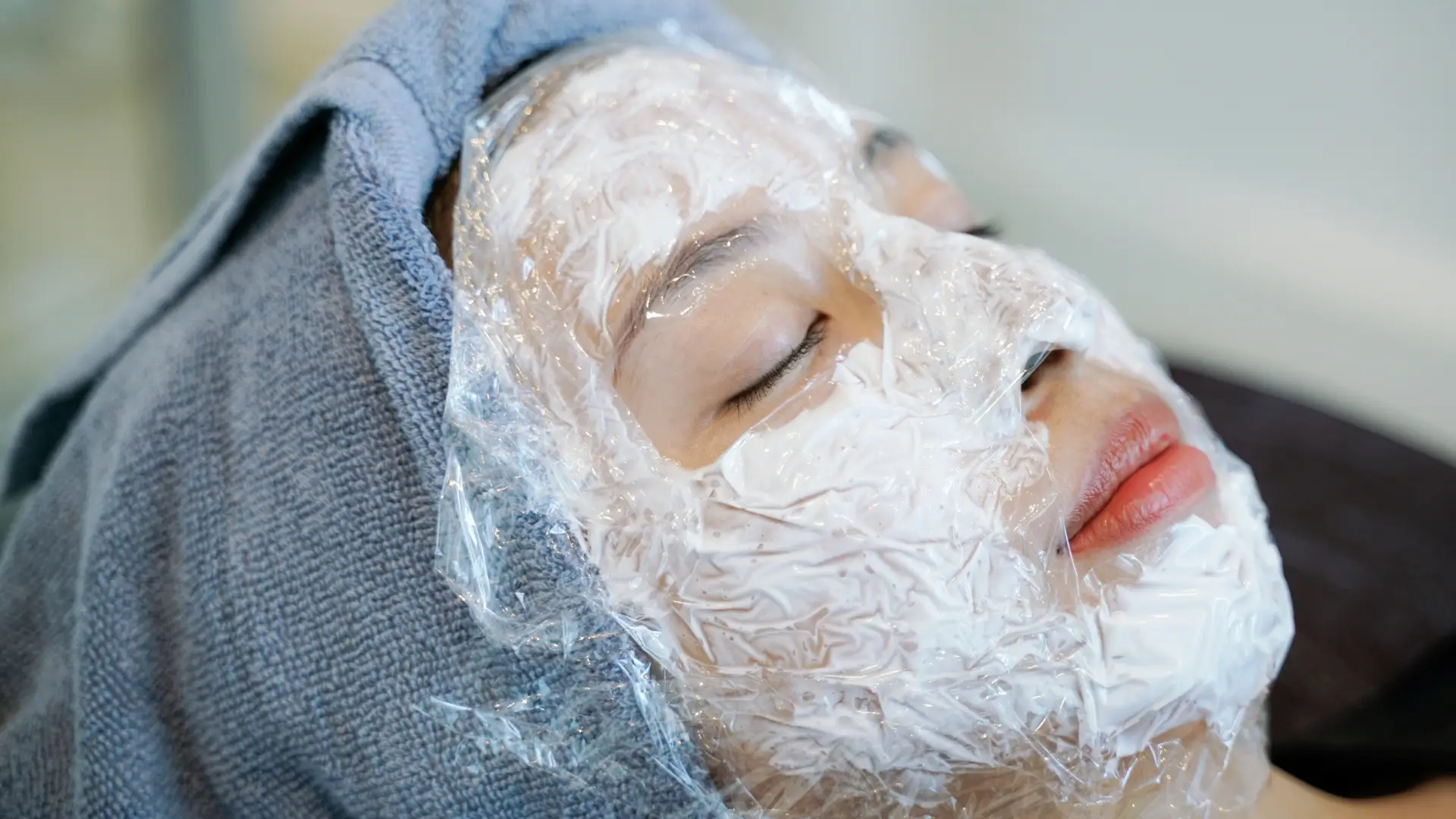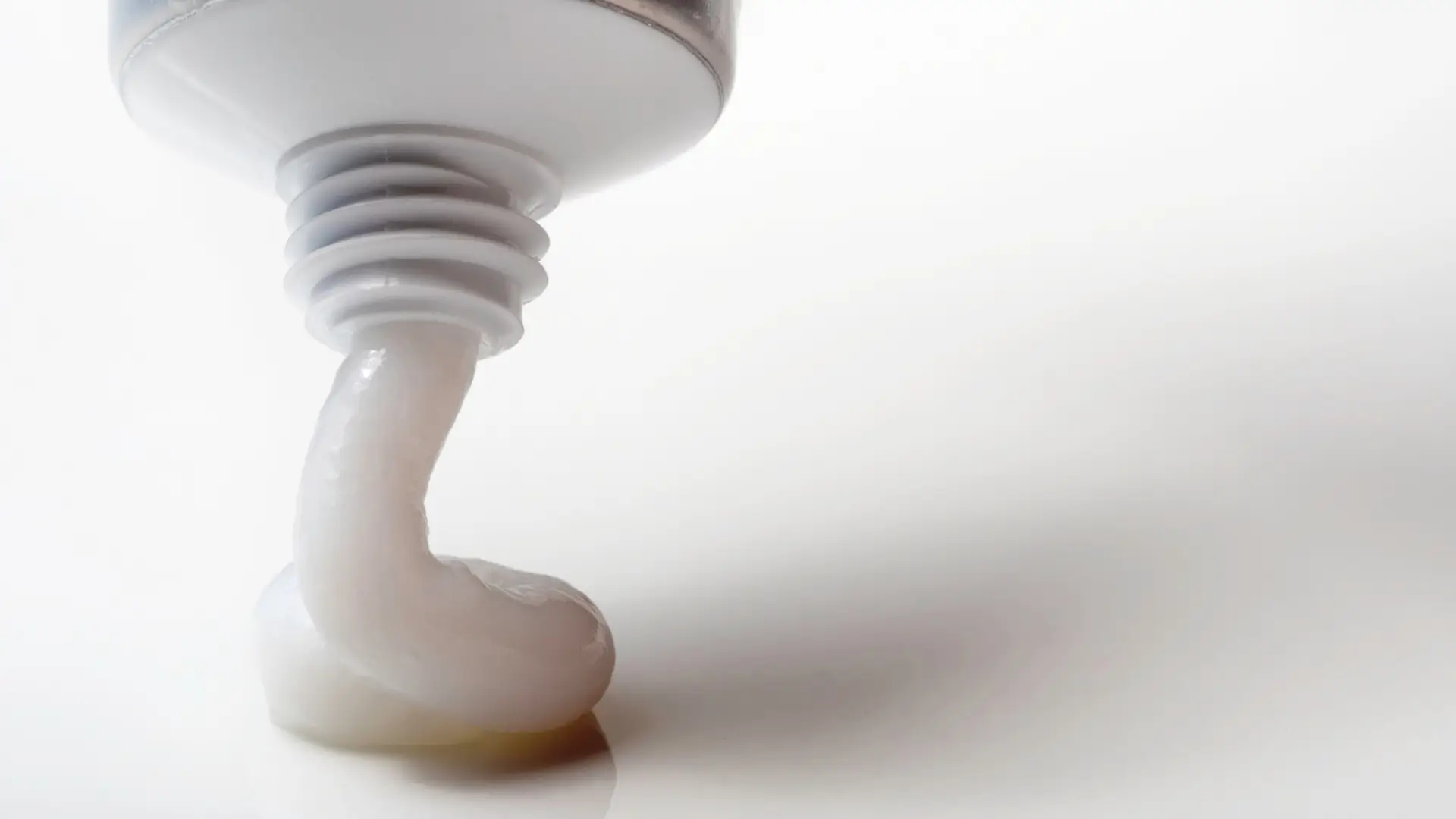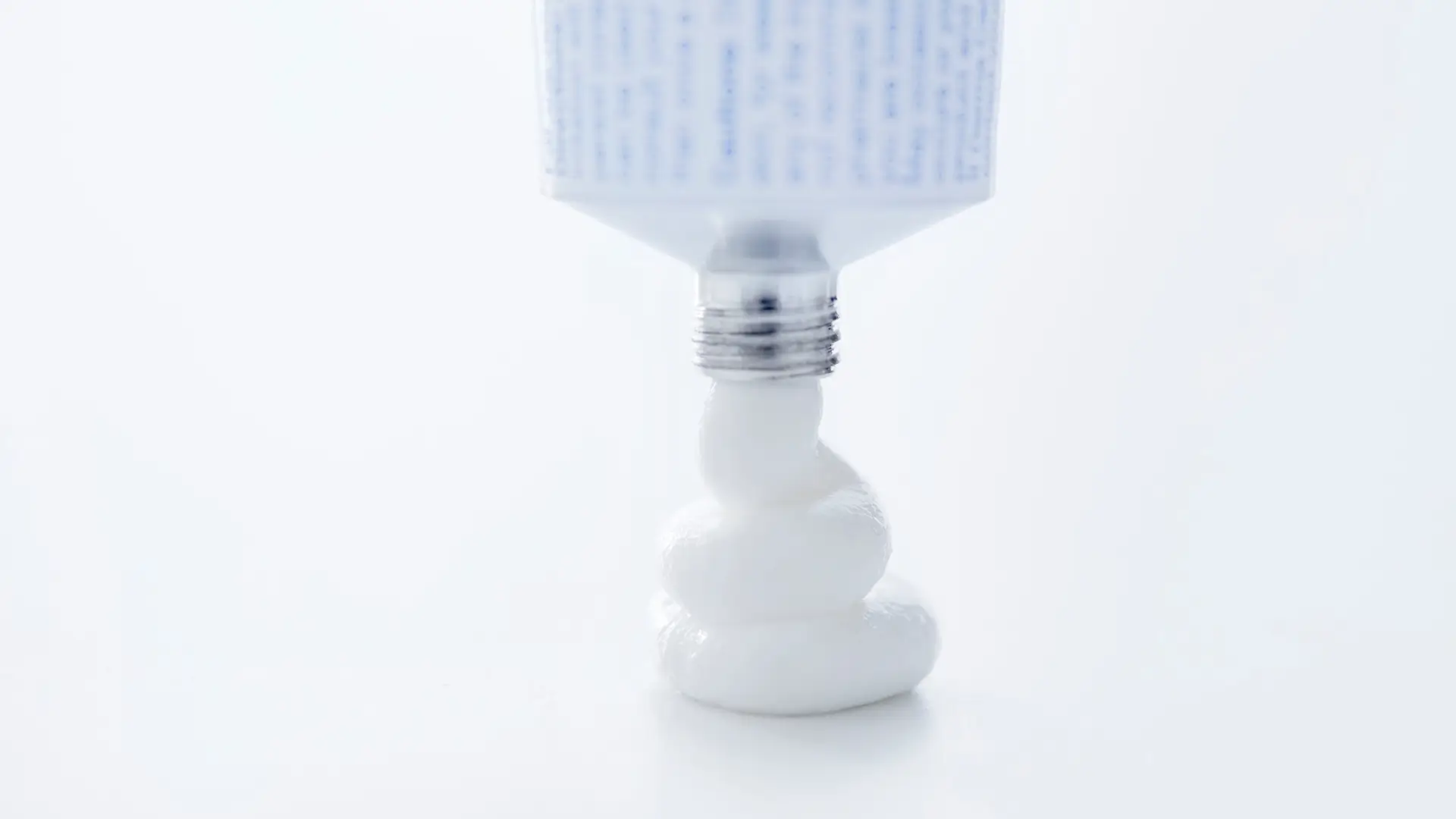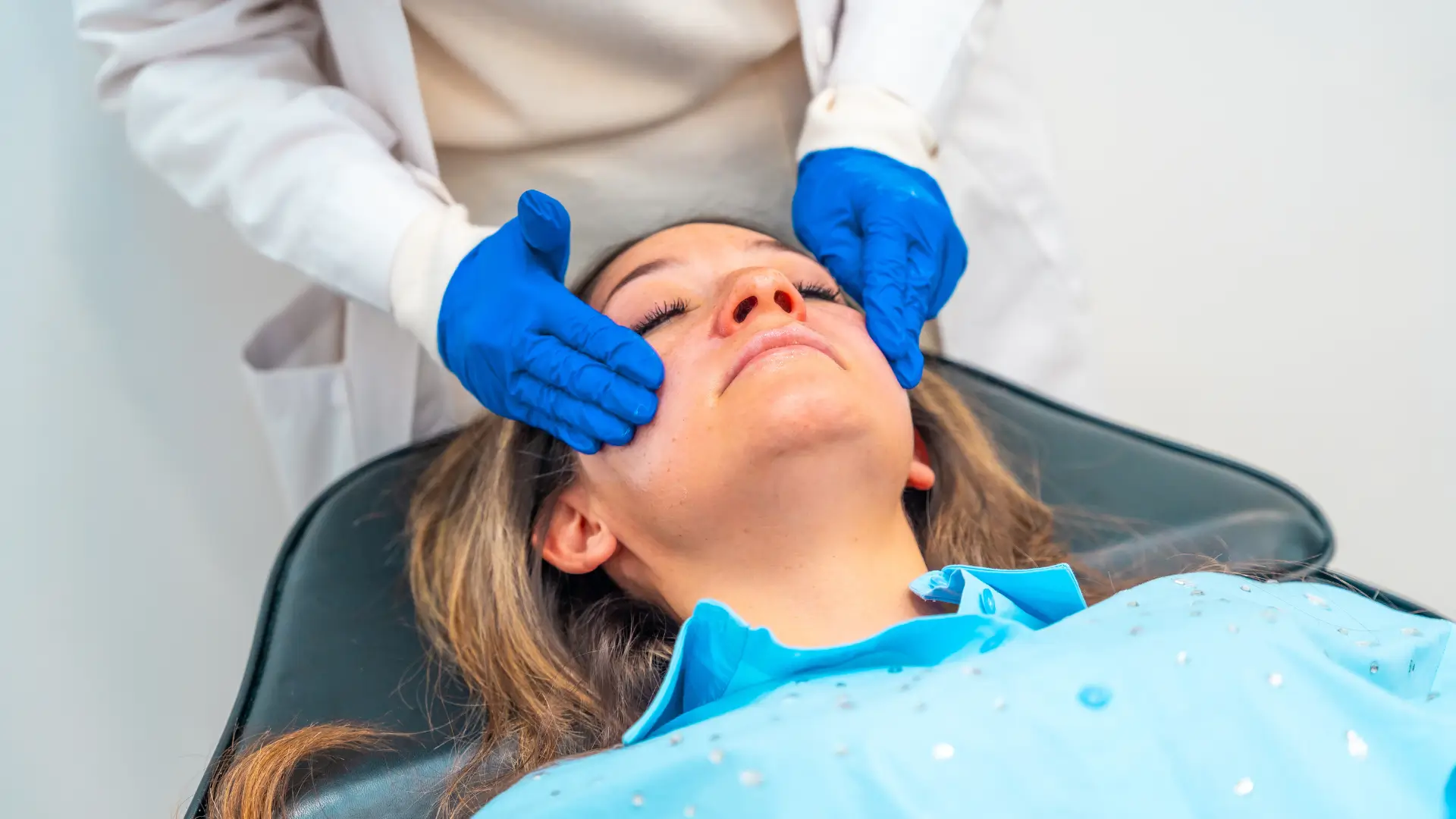Topical anesthetics like Emla Cream are commonly used to numb the skin before medical procedures, but their application on burned or damaged skin requires special attention. Research has shown that when used on compromised skin, these anesthetics can be absorbed more quickly, increasing the risk of systemic side effects. This underscores the need for a deeper understanding of how these products interact with damaged tissue and the precautions needed for their safe use.
While Emla Cream is highly effective on intact skin, its use on burns or injuries is more complex and should be approached with caution. Exploring the properties of this topical anesthetic and the potential risks when applied to damaged skin can provide helpful insights.
In this article, we’ll dive into whether it’s safe to use Emla Cream on a burn, examining its ingredients, potential risks, and key guidelines to ensure informed, safe decisions.
Key Takeaways
- Emla Cream is not recommended for use on burns or damaged skin due to the risk of increased absorption and potential systemic side effects.
- The active ingredients in Emla Cream, lidocaine and prilocaine, work by blocking nerve signals to provide localized pain relief on intact skin.
- Applying Emla Cream to burns can lead to severe complications and requires immediate medical attention if adverse reactions occur.
- Healthcare providers should be consulted for suitable burn treatments, as specialized options promote healing and pain management.
About: Medica Depot is your trusted all-in-one supplier, offering a range of high-quality medical injectables and supplies. Our sales representatives can advise you on how to Buy Emla online today! Whether for health professionals, plastic surgeons, dermatologists, licensed estheticians, or other specialists, we can offer genuine, brand-name products you may need. With Medica Depot, we prioritize serving you better to improve the patient’s quality of life.
How Emla Cream Works on the Skin and Its Suitability for Burns
Emla Cream is FDA-approved as a topical anesthetic for specific applications. It is commonly used on intact skin to provide local anesthesia, as well as on genital mucous membranes for minor procedures and as a pre-treatment for infiltration anesthesia. The effectiveness of Emla Cream lies in its two active ingredients: lidocaine and prilocaine.
When applied to the skin, lidocaine and prilocaine penetrate the epidermis and dermis, blocking nerve signals. By stabilizing neuronal membranes and blocking ion movement, these ingredients prevent the transmission of pain signals. This mechanism allows for localized numbing of the area, providing effective pain relief.
However, some may wonder, “Can you put Emla Cream on a burn?” While Emla Cream is highly effective for its approved uses, the FDA does not recommend it for use on open or burned skin. The increased risk of absorption through damaged skin makes its application on burns unsafe.
Risks of Applying Emla Cream to Burned or Damaged Skin
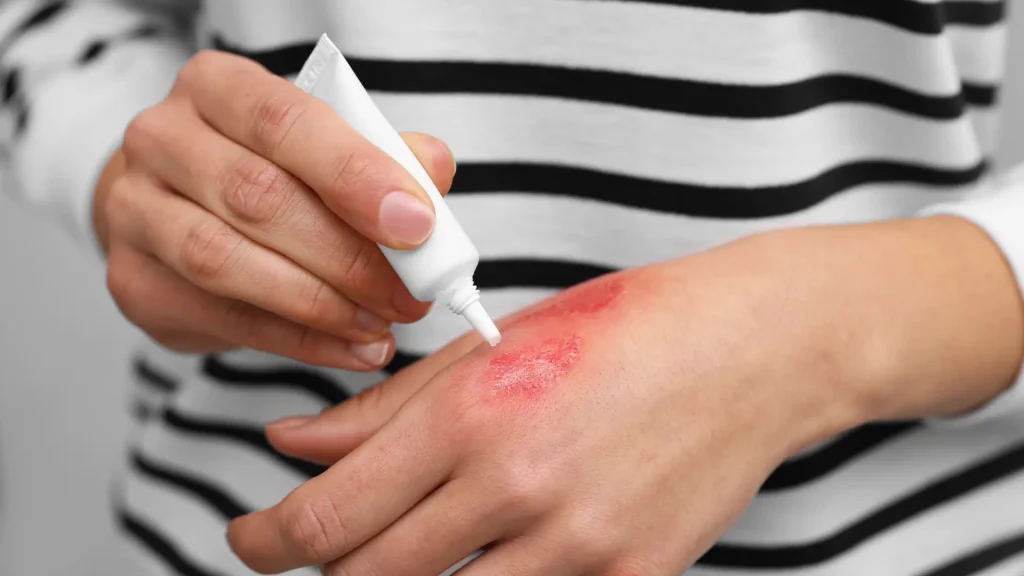
When applied to healthy skin or genital mucous membranes, Emla Cream may cause mild side effects, such as redness, paleness, temporary changes in temperature sensations, swelling, itching, or a mild burning sensation. These effects are quick and usually resolve on their own.
However, using Emla Cream on damaged skin or burns presents higher risks. Since damaged skin allows the anesthetic to absorb more rapidly, the potential for systemic side effects increases. These can include:
- Increased Absorption: Burned or broken skin enables lidocaine and prilocaine to enter the bloodstream faster, elevating the risk of systemic absorption.
- Adverse Effects: The faster absorption of the active ingredients can lead to severe systemic side effects, such as central nervous system toxicity and reduced oxygen delivery to tissues, potentially leading to serious complications like dizziness, seizures, and difficulty breathing.
Comparing Emla Cream to Other Burn Treatments
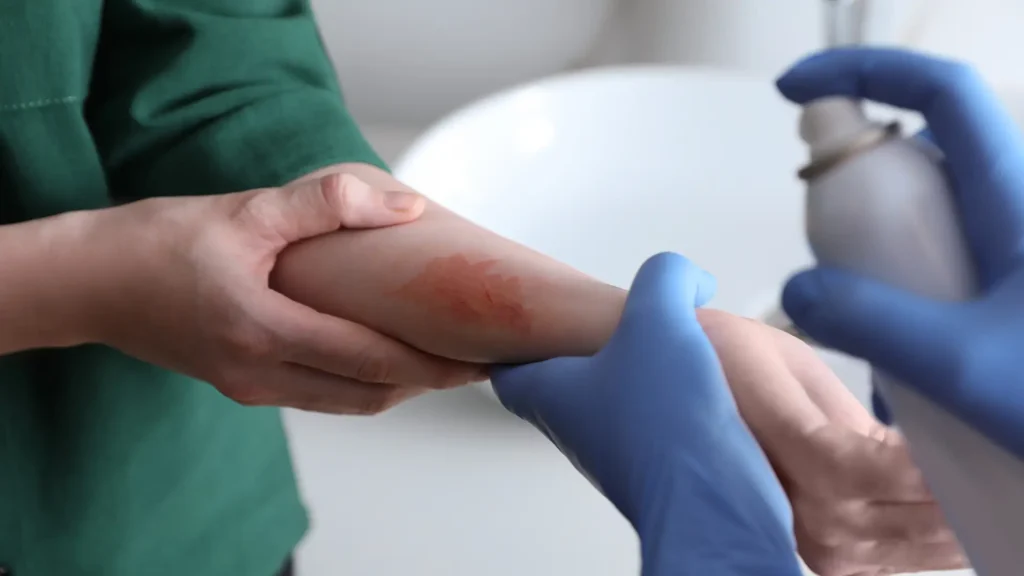
When managing burns, it is essential to consult a healthcare provider to determine the most suitable treatment options. Emla Cream, while effective as a topical anesthetic, does not have indications for use on burned or damaged skin due to the risks of systemic absorption.
Healthcare providers may instead recommend specialized burn treatments, such as silver sulfadiazine or hydrogel dressings, which focus on promoting healing and preventing infection. These treatments serve as primary options for managing burns effectively.
For pain relief, patients may compare Emla Cream with other numbing solutions, such as LET (Lidocaine, Epinephrine, Tetracaine) gel, commonly used for open wounds before suturing. While Emla Cream provides localized pain relief, it is important to recognize that its use on compromised skin can lead to complications, such as Emla Cream side effects like systemic toxicity due to faster absorption.
Best Practices for Pain Management in Burn Patients
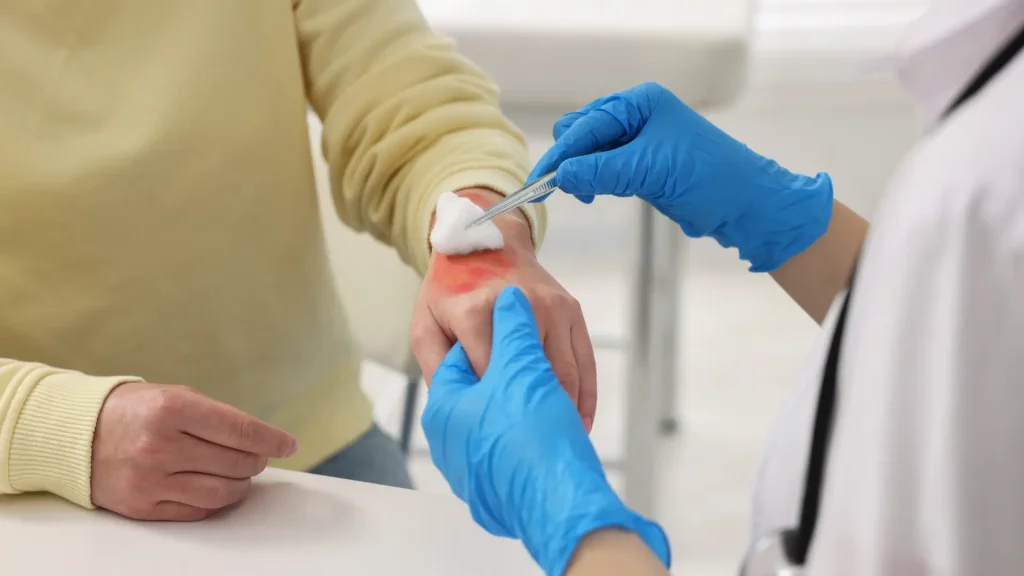
Effective pain management for burn patients requires a holistic approach, combining both pharmacological and non-pharmacological strategies. A comprehensive treatment plan developed by a medical professional ensures that patients experience optimal pain relief and recovery.
- Pharmacological Methods: For acute pain, opioids may be prescribed, complemented by non-opioid medications like acetaminophen or NSAIDs to manage discomfort. In cases of neuropathic pain, adjunct treatments such as gabapentin or ketamine may also be used.
- Non-Pharmacological Techniques: Alongside medications, physical therapies, psychological support, and innovative methods like virtual reality can be employed to help reduce pain perception and improve the overall recovery experience.
While Emla Cream can be an effective numbing agent in certain contexts, it has specific, limited applications where the risk of side effects isn’t too extensive. Always consult a healthcare provider to ensure that the chosen treatment aligns with the patient’s needs and the nature of the burn.
Conclusion
Using Emla Cream on burns is not recommended due to the increased risk of systemic absorption and potential complications. While it is effective for numbing intact skin, the compromised skin barrier in burn areas can elevate risks, making safer alternatives essential.
Consulting a healthcare provider is crucial in selecting the most appropriate treatment for burn pain. Specialized burn treatments help manage pain, promote healing, and prevent infection. By prioritizing safety and efficacy, healthcare providers can ensure better patient outcomes in burn care.
FAQs
1. Can Emla Cream treat burns?
No, experts do not recommend using Emla Cream on burns or damaged skin. Its application can increase the absorption of its active ingredients, raising the risk of systemic side effects.
2. What are the active ingredients in Emla Cream?
Emla Cream contains lidocaine and prilocaine, which work by blocking nerve signals to provide localized pain relief on intact skin.
3. What should I do if I have a burn?
Consult a healthcare provider for appropriate burn treatments. They can recommend specialized options that promote healing and effective pain management.
References
- Phillips, C. B., McEnery-Stonelake, M., & Huang, C. C. (2019). Topical Anesthesia. Evidence-Based Procedural Dermatology, 541–554. https://doi.org/10.1007/978-3-030-02023-1_33
- EMLA CREAM (lidocaine 2.5% and Prilocaine 2.5%). (n.d.). Retrieved March 21, 2025, from https://www.accessdata.fda.gov/drugsatfda_docs/label/2018/019941s021lbl.pdf
